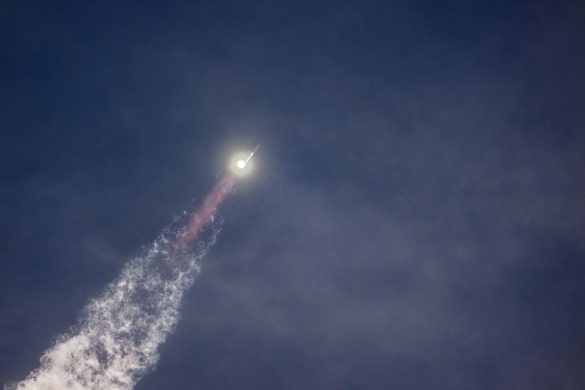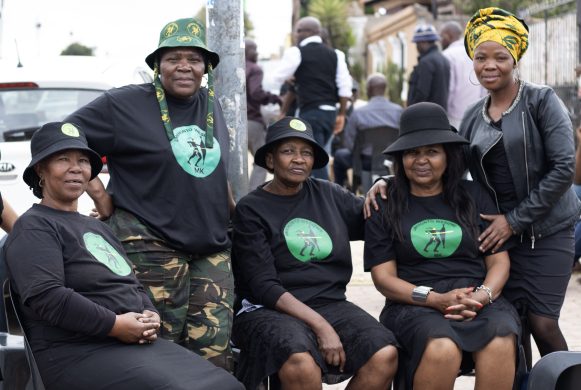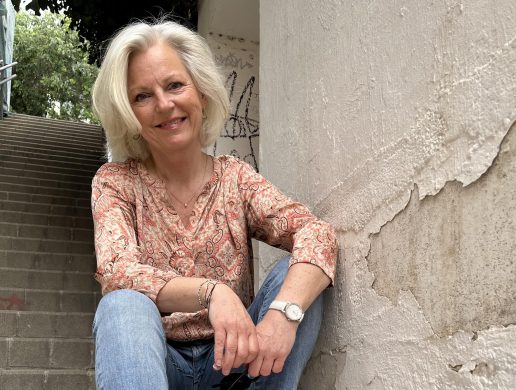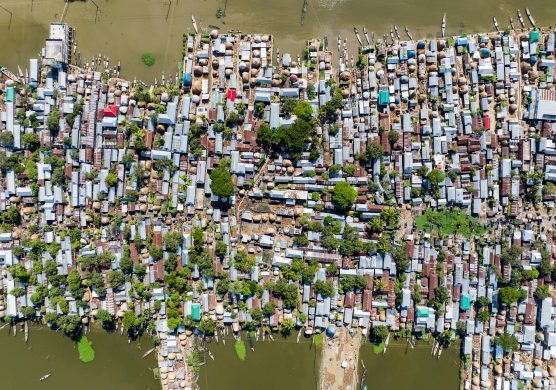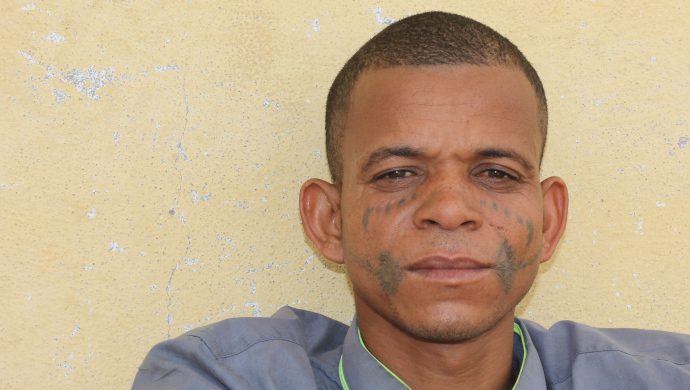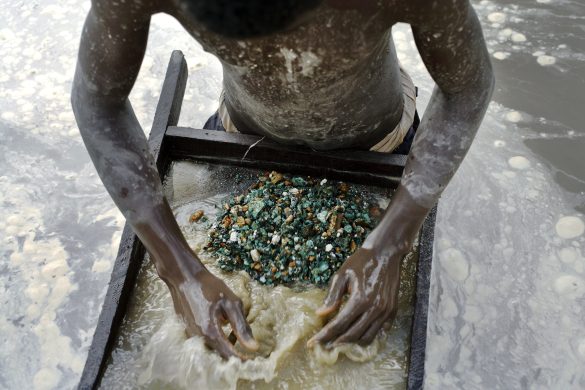Kun en ud af syv af verdens indbyggere har adgang til frie medier, siger Freedom House. Tilbageskridt i Mellemøsten, og Østafrika trækker ned, skriver organisationen i rapporten ”Freedom of the Press 2014”.
Global press freedom has fallen to its lowest level in over a decade, according to a Freedom House report released today.
The decline was driven in part by major regression in several Middle Eastern states, including Egypt, Libya, and Jordan; marked setbacks in Turkey, Ukraine, and a number of countries in East Africa; and deterioration in the relatively open media environment of the United States.
Freedom of the Press 2014 found that despite positive developments in a number of countries, most notably in sub-Saharan Africa, setbacks were the dominant trend in every other region.
Kun 14 procent har adgang til frie medier
The share of the world’s population with media rated “Free” remains at just 14 percent, or only one in seven people. Far larger shares live in “Not Free” (44 percent) or “Partly Free” (42 percent) media environments.
“We see declines in media freedom on a global level, driven by governments’ efforts to control the message and punish the messenger,” said Karin Karlekar, project director of the report.
“In every region of the world last year, we found both governments and private actors attacking reporters, blocking their physical access to newsworthy events, censoring content, and ordering politically motivated firings of journalists.”
“In 2013 we saw more cases of states targeting foreign reporters and media outlets,” Karlekar added. “Russian and Chinese authorities declined to renew or threatened to withhold visas for prominent foreign correspondents, but the new Egyptian government went a step further by detaining a number of Al-Jazeera staff on charges of supporting terrorism.”
Overblik
- Of the 197 countries and territories assessed during 2013, a total of 63 (32 percent) were rated Free, 68 (35 percent) were rated Partly Free, and 66 (33 percent) were rated Not Free.
- All regions except sub-Saharan Africa, whose average score leveled off, showed declines, with the Middle East and North Africa suffering the worst deterioration.
- Triggers for country declines included governments’ overt attempts to control the news—whether through the physical harassment of journalists covering protest movements or other sensitive stories, restrictions on foreign reporters, or tightened constraints on online news outlets and social media—as well as the role of owners in shaping media content through directives on coverage or dismissals of outspoken journalists.
- Country improvements were largely driven by three factors: a growing ability of private firms to operate television and radio outlets; greater access to a variety of views via online media, social media, and international outlets; and improved respect for legal protections for the press.
- China and Russia maintained a tight grip on local media while also attempting to control the more independent views provided either in the blogosphere or by foreign news sources.
- The world’s eight worst-rated countries remain Belarus, Cuba, Equatorial Guinea, Eritrea, Iran, North Korea, Turkmenistan, and Uzbekistan.
Fremskridt i Afrika
- The majority of people in Sub-Saharan Africa (56 percent) lived in countries with Partly Free media. Improvements in the legal and economic spheres in 2013 were balanced by declines in the political category.
- Declines occurred in South Sudan and Zambia (both downgraded to Not Free), the Central African Republic, and several countries in East Africa, including Kenya, Mozambique, Tanzania, and Uganda.
- West Africa saw a number of improvements, including the upgrade of Côte d’Ivoire to Partly Free and numerical gains in Mali, Senegal, and Togo.
- Other gains were recorded in the Democratic Republic of Congo, Madagascar, the Seychelles, and Zimbabwe.
Stort set ingen fri presse i Mellemøsten og Nordafrika
- Only 2 percent of Middle East and North Africa’s people lived in Free media environments, while the vast majority, 84 percent, lived in Not Free countries or territories.
- Backsliding occurred in Libya, which fell back into the Not Free category, and Egypt, where the military-led government limited press freedom.
- Significant deterioration took place in Jordan and to a lesser extent in Iraq and the United Arab Emirates. Press freedom declined further in Syria, in the midst of an especially brutal civil war that posed enormous dangers to journalists.
- Improvements took place in Algeria (upgraded to Partly Free), Yemen, the West Bank and Gaza Strip, and Israel (upgraded back to Free).
Forværede forhold i flere asiatiske lande
- Only 5 percent of the Asia-Pacific region’s population had access to Free media in 2013.
- China, rated Not Free, continued to crack down on online speech, particularly on microblogs, and also ramped up pressure on foreign journalists.
- Press freedom deteriorated in Hong Kong, India, Sri Lanka, Thailand, and several Pacific Island states, including Nauru, which was downgraded to Partly Free.
- Burma and Nepal registered score improvements.
Fire latinamerikanske lande trækker i den forkerte retning
- The regional average in the Americas score worsened to its lowest level in five years, and just 2 percent of the population in Latin America lived in Free media environments.
- Scores dropped in Honduras, Panama, Suriname, and Venezuela.
- Paraguay’s rating improved to Partly Free.



